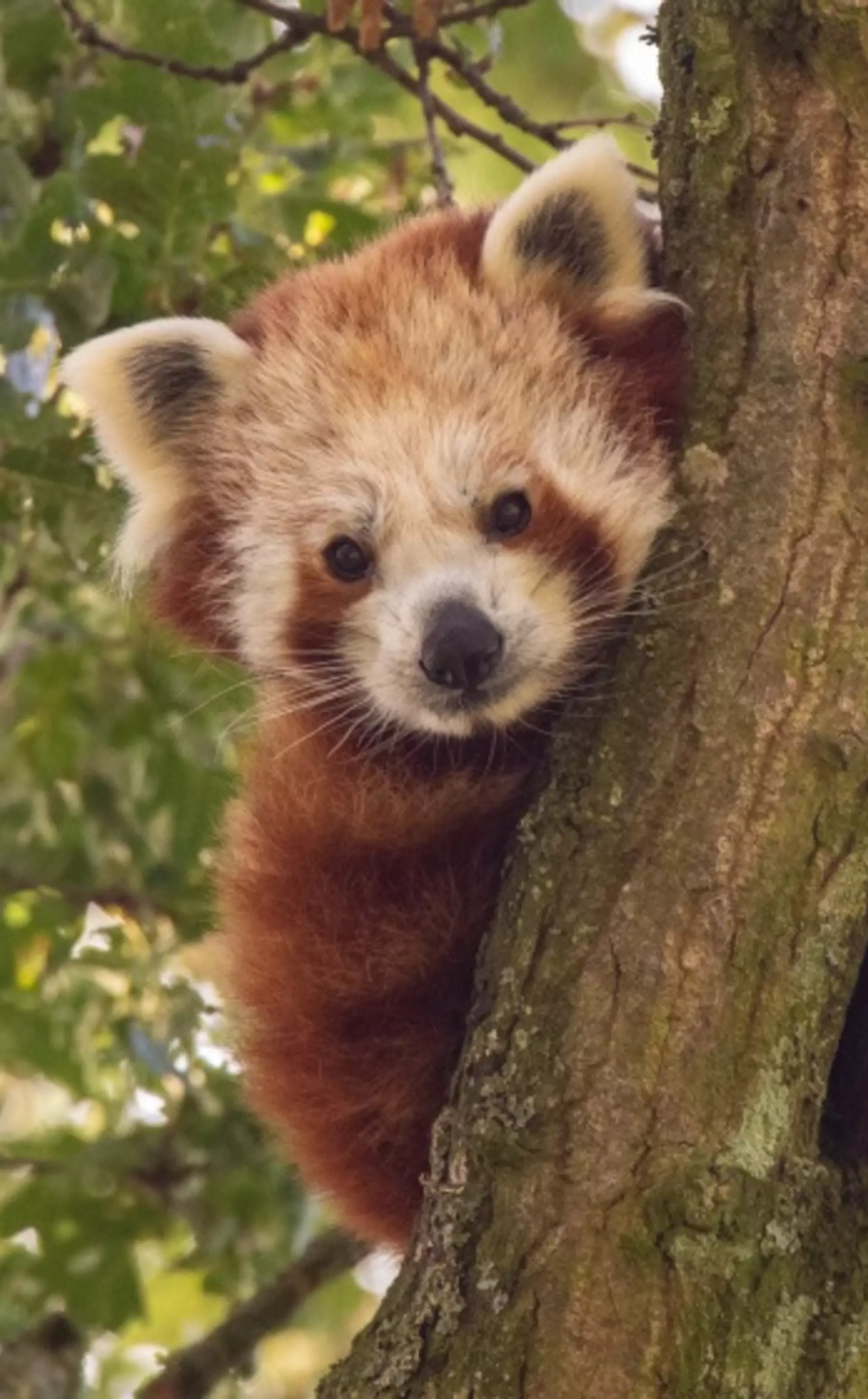THIS WORKSHOP IS NOT CURRENTLY BOOKABLE.
In Fur, Feathers and Scales, Classify! students will consider why and how scientists classify living things. Exploring the different vertebrate animals in more depth, pupils will compare and contrast a range of unfamiliar objects from the natural world and use a range of criterion to classify the vertebrates represented correctly. They will also consider the issues scientists sometimes have when researching and classifying animals.
Age: KS2 (7-11 years) | Duration: 45 minutes | Capacity: 35 students | Location: Classroom and butterfly house |
Intended learning outcomes:
Students will be able to;
- List the different groupings of mammals, birds and reptiles and explain the differences between them
- Correctly group animals into mammals, birds and reptiles
- Give an explanation of why animals are classified into groups
- Acknowledge their lives have an impact on environments both positively and negatively
National Curriculum links:
| KS2 Science | Working Scientifically |
|
| Living things and their habitats |
| |
| KS2 English | Spoken Language, Reading |
|
| Writing |
|
Additional Resources:
- Support your students' learning before, during and after their visit with our online teaching resources.
